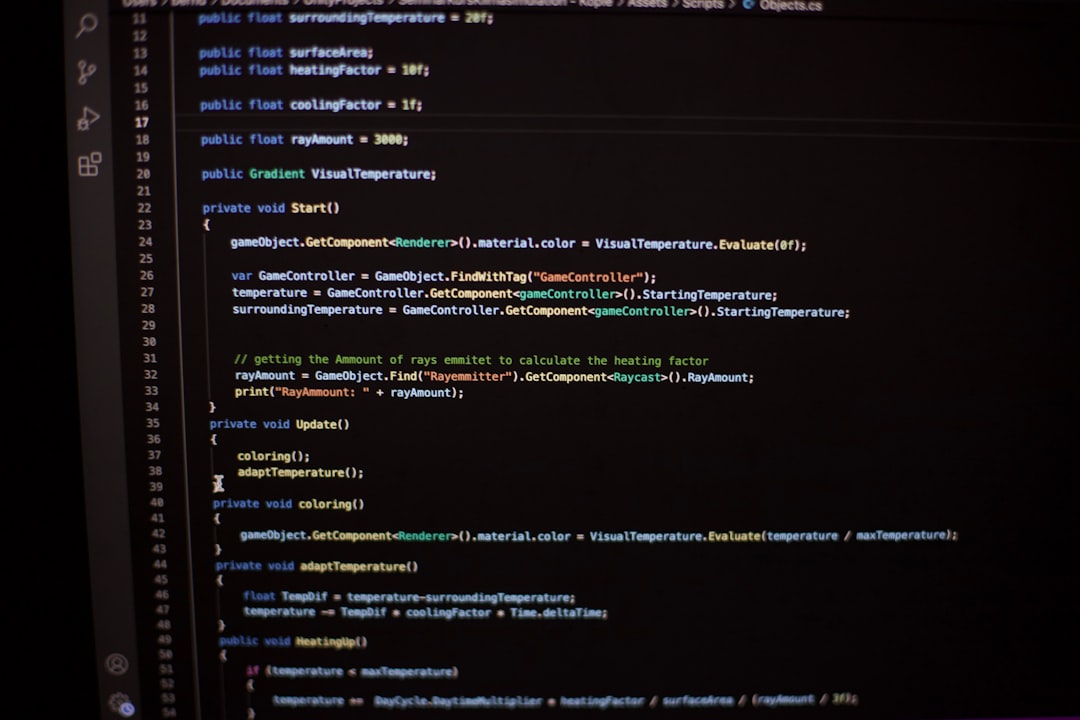In the age of rapidly evolving technology, artificial intelligence (AI) is pushing the boundaries of automation, decision-making, and innovation. At the heart of every successful AI system lies code that is not only functional but also highly optimized for performance. Poorly performing AI code can lead to increased latency, high computational costs, and diminished user experiences. So how can developers make their AI code run faster and more efficiently? By combining good programming practices with advanced optimization strategies, significant improvements can be achieved.
Understanding the Bottlenecks
Before diving into optimization techniques, it’s crucial to identify where code performance is lagging. Profiling tools such as TensorBoard, Line Profiler, or NVIDIA Nsight can help developers understand which parts of their AI pipelines consume the most memory, computing time, and power.
As AI-generated code becomes more common in development workflows, maintaining visibility into your codebase is essential. Tools like a code.ai detector can help identify which parts of the code were written by AI, allowing teams to review, validate, and refine the output as needed. This adds an extra layer of quality control and helps ensure that the final code is reliable, original, and easy to maintain.
Top Strategies to Optimize AI Code
Here are some proven methods to improve your AI model’s performance:
- Use Efficient Data Structures: Choosing the right data structure (like NumPy arrays instead of Python lists) makes a significant difference, especially in data-heavy applications.
- Minimize Data Movement: Transferring data between CPU and GPU memory is costly. Keeping data where it is used most frequently can drastically enhance speed.
- Batch Processing: Instead of feeding one sample at a time, batching data allows vectorized operations, which are faster on modern hardware.
- Prune and Quantize Models: Pruning removes unnecessary neural connections while quantization reduces the precision of weights—both lead to faster inference and smaller model sizes.
- Use Compiled Graphs: Libraries like TensorFlow and PyTorch support ways to compile graphs, such as TensorFlow’s XLA and PyTorch’s TorchScript, which reduce runtime overhead.
Parallelism and Hardware Utilization
One of the most potent strategies for AI code optimization lies in leveraging hardware capabilities. AI workloads often demand the performance available only through parallel processing. Here’s how to make full use of the available hardware:
- Multi-threading and Multi-processing: Split your data pipeline or inference operations to run concurrently. Python’s multiprocessing library or joblib are great options for CPU-bound tasks.
- GPU Acceleration: Graphics Processing Units are highly efficient with matrix operations, which dominate neural network computations. Use CUDA-optimized libraries for better GPU performance.
- TPUs for Deep Learning: Tensor Processing Units are specifically designed for AI operations and offer substantial improvements in training and inference times for large models.
Furthermore, be mindful of memory usage. Avoiding memory leaks and reusing allocated memory where possible prevents unnecessary workload on hardware resources.
Smart Algorithmic Choices
Performance optimization isn’t only about squeezing the most out of your hardware—it’s also about making smart software-level decisions.
- Algorithmic Efficiency: Replace brute-force approaches with more efficient algorithms. For example, using KD-Trees for nearest neighbor search instead of a linear scan drastically reduces time complexity.
- Early Stopping and Caching: Training models longer than necessary wastes time and resources. Implement early stopping based on validation metrics, and cache intermediate results where useful.
- Dynamic Computation Graphs: In scenarios like Reinforcement Learning, using frameworks that support dynamic graphs (e.g., PyTorch) helps reduce unused computations.
Use Specialized Libraries and Frameworks
A range of libraries are designed specifically to enhance the performance of AI applications:
- ONNX (Open Neural Network Exchange): Offers tools for converting and optimizing models across frameworks like TensorFlow and PyTorch.
- Intel’s OpenVINO: Optimizes AI inference for Intel hardware, including CPUs, GPUs, and VPUs.
- NVIDIA TensorRT: Tailored toward deploying high-performance deep learning inference on NVIDIA GPUs.
Incorporating these libraries can lead to quicker deployment and reduced cost in production environments.
Conclusion
Optimizing AI code is a multifaceted process, involving everything from hardware utilization and algorithm refinement to memory management and batching techniques. By taking a holistic approach to improvement—profiling code effectively, leveraging the strengths of the hardware, using smart data pipelines, and implementing lightweight models—developers can build faster, more scalable, and cost-effective AI systems. As AI solutions become integral to business and consumer experiences, performance optimization will remain a key differentiator in high-impact applications.
- Top 5 Grammar Tools That Turn Your Voice Into Robotic Text (Grammarly, ProWritingAid, and Fixes Students Used) - December 9, 2025
- Building a Coffee Javascript Calculator - December 9, 2025
- Top 4 Lightweight On-chain Alerting Services That Small Funds Use to Monitor Whale Movements and Pool Withdrawals - December 7, 2025
